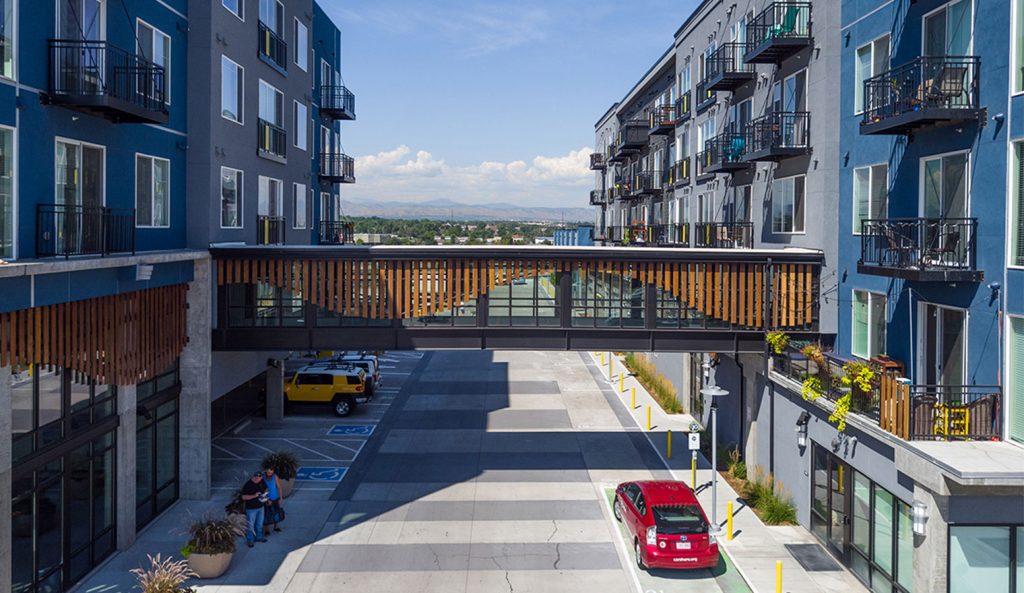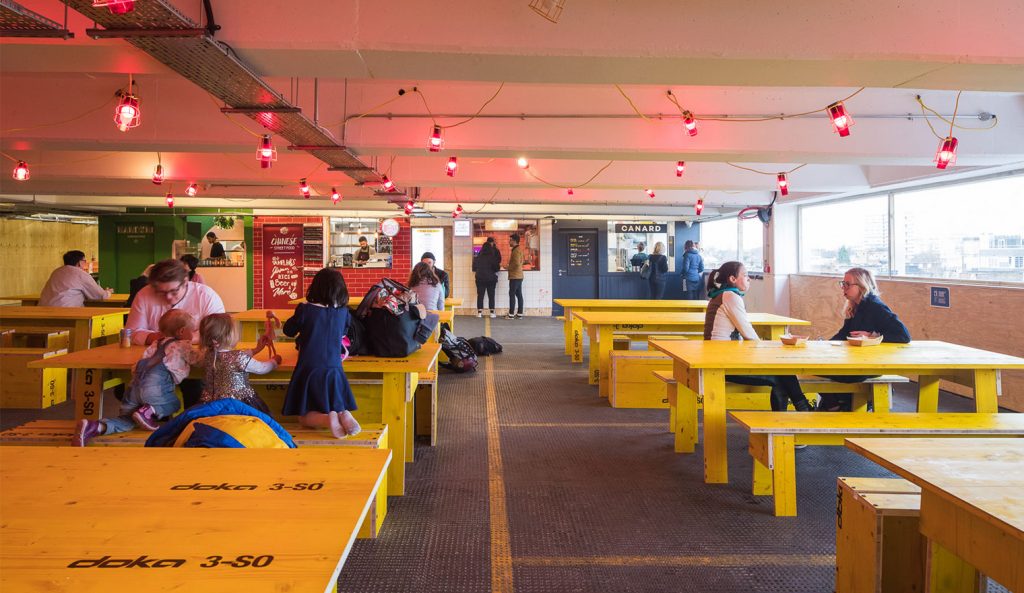Shifting Gears: Exploring the Future of Parking Garages
By IBI Insights
Date
April 11, 2018With speeding advances in the transportation sector, it’s hard to imagine what the future of mobility will look like down the road. Over the last few years, we have seen a major increase in the use of ridesharing services such as Uber and Lyft, which have completely transformed the ways we choose to move. Coupled with the momentum of autonomous vehicles, we can anticipate our road networks to be vastly different from those we see today. As autonomous vehicles and rideshare services both keep cars on the move, this raises the questions about the future of surplus land devoted to parked cars.
In some cities in the US there are more than double the amount of parking spaces for each registered car. If new technology is able to autocorrect one of its most debilitating faults, we can start to think about how to better use these high-value sites for the interests of people and cities.
Transformation Test Drive
Knowing the direction we are headed, architects are beginning to address the challenge of designing new parking infrastructure with adaptability in mind. In Denver, a newly opened mix-use residential building, Denizen, has 30 ground-level parking spaces which are set to later convert into retail fronts. On a larger scale, Gensler recently completed the 84.51˚ Centre in Cincinnati where three mid-building parking floors readily transition into office space. The façade of the building encloses the flat-leveled parking floors and features large exterior ventilation screens which could easily be replaced by windows.

In the future, Denizen plans to convert 30 ground floor parking spaces into retail fronts. (Image via D4 Urban)
Back it up
But what about the glut of existing parking garages? Does it make sense to retrofit these structures or simply start from scratch? After all, many above-grade parking lots are built with slanted floors which would need to be corrected for residential or office use. In high-density cities, parking garages often sit on high-value land that could receive a much greater return if redeveloped.
While it’s certainly illogical to save thousands of parking garages across North America, these structures can provide unique opportunities to support arts and culture groups which may be out-priced in competitive urban markets.

One of the many communal dining spaces in London’s refurbished parking garage project, Peckham Levels. (Image by Tim Crocker for Carl Turner Architects)
Paving the way
In London, Peckham Levels is a newly opened community hub and arts space, bringing new life to an old parking garage. The project is the outcome of an open call from the Borough of Southwark to temporarily repurpose a seven-story car park to support the creative community. Peckham Levels is leasing the lot until 2023 and features 50 studio spaces including 10 which are used as 12-month incubator spaces for subsidized rent.
Beyond studio spaces, Peckham Levels also houses a co-working space, a ceramics studio, 3-D printing lab, kids play areas, restaurants, and much more.
On the rooftop-level of a Brooklyn parking garage, Square Roots is another great example of how parking spaces have been repurposed to support local disadvantaged communities. Housed in several shipping containers, the organization runs a 13-month urban agriculture residency program to teach young people about farming practices. As farming is one of the most difficult industries to break into as a young person, the opportunity to gain hands on experience in the heart of the city is particularly exciting.
Both Eyes on the Road
Although private vehicles are still the primary mode of transportation for Canadian commutes, it is highly likely that this will change over the next decade. Recent mobility innovations such as car sharing services and autonomous vehicles provide promising alternatives to painful commutes. As parking garages begin to look more like motor-mausoleums, we can start to reclaim these structures that have blighted our urban landscape over the last century. While it’s certainly a contextual issue, it’s exciting to see the rising solutions that have only just begun.
Header image by Alex Grodkiewicz from Unsplash







